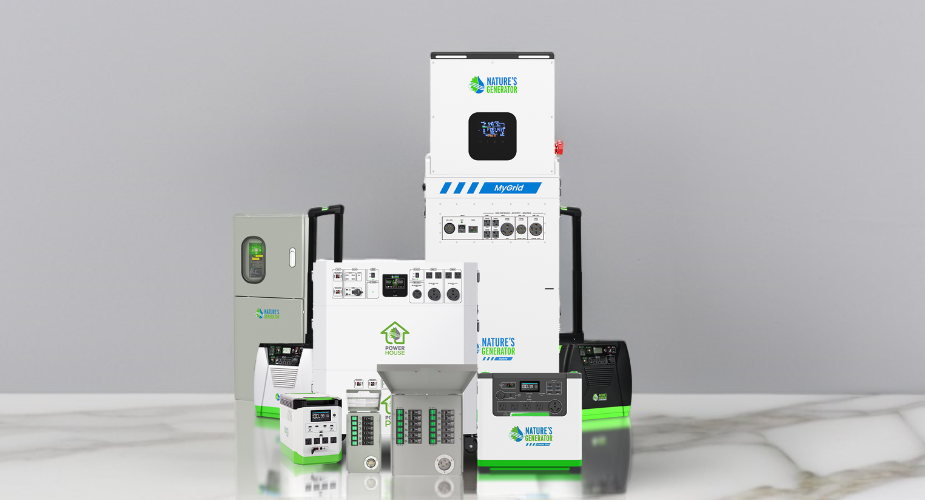Blogs & News

Preparedness
How to Track Power Outages by Zip Code Today and Stay Prepared
Check power outages by zip code today and see how a home solar battery backup system can keep your lights on and devices running during unexpected blackouts.

Preparedness
Premium Quality Greenhouses for Year-Round Gardening
Explore durable, high-quality greenhouses built to boost plant growth. Find the ideal greenhouse to meet your gardening goals and create a thriving garden space today!

Preparedness
Sony TV: A Smart Entertainment Choice for Your Whole Home
Upgrade your home entertainment with a Sony TV—experience brilliant visuals and enjoy quality moments with the whole family in a whole new way.

Electricity
Power Up Sustainably with Nature's Generator
Stay powered on the go or at home with Nature’s Generator—your sustainable, solar-based energy solution for eco-conscious living and adventure.

Preparedness
Latest SunPower News: Market Updates, Stock Trends, and Developments
Follow the latest SunPower news for real-time stock updates and major events shaping the solar energy market. Stay informed on trends impacting your solar investments.

Preparedness
Reliable Aquarium Battery Backup Systems for Power Outages
Explore battery backup options for aquariums to keep your fish safe during power outages. Maintain filtration and oxygen flow with dependable backup power solutions.

Preparedness
BGE Bill Pay – Quick, Easy, and Secure Payment Options
Make a BGE bill pay fast and securely online. Choose from simple payment methods, set up autopay, and manage your account to avoid late fees—pay now!

Preparedness
Stay Updated with the Xcel Outage Map: Real-Time Power Tracking
Use the Xcel outage map to check real-time power disruptions and restoration updates in your area. Stay informed with Xcel Energy's tools.

Preparedness
How to Convert Joules to Watts: Simple Guide with Examples
Easily convert joules to watts with our step-by-step guide. Learn the formula, see real-life examples, and get tips to better understand power and energy use.










